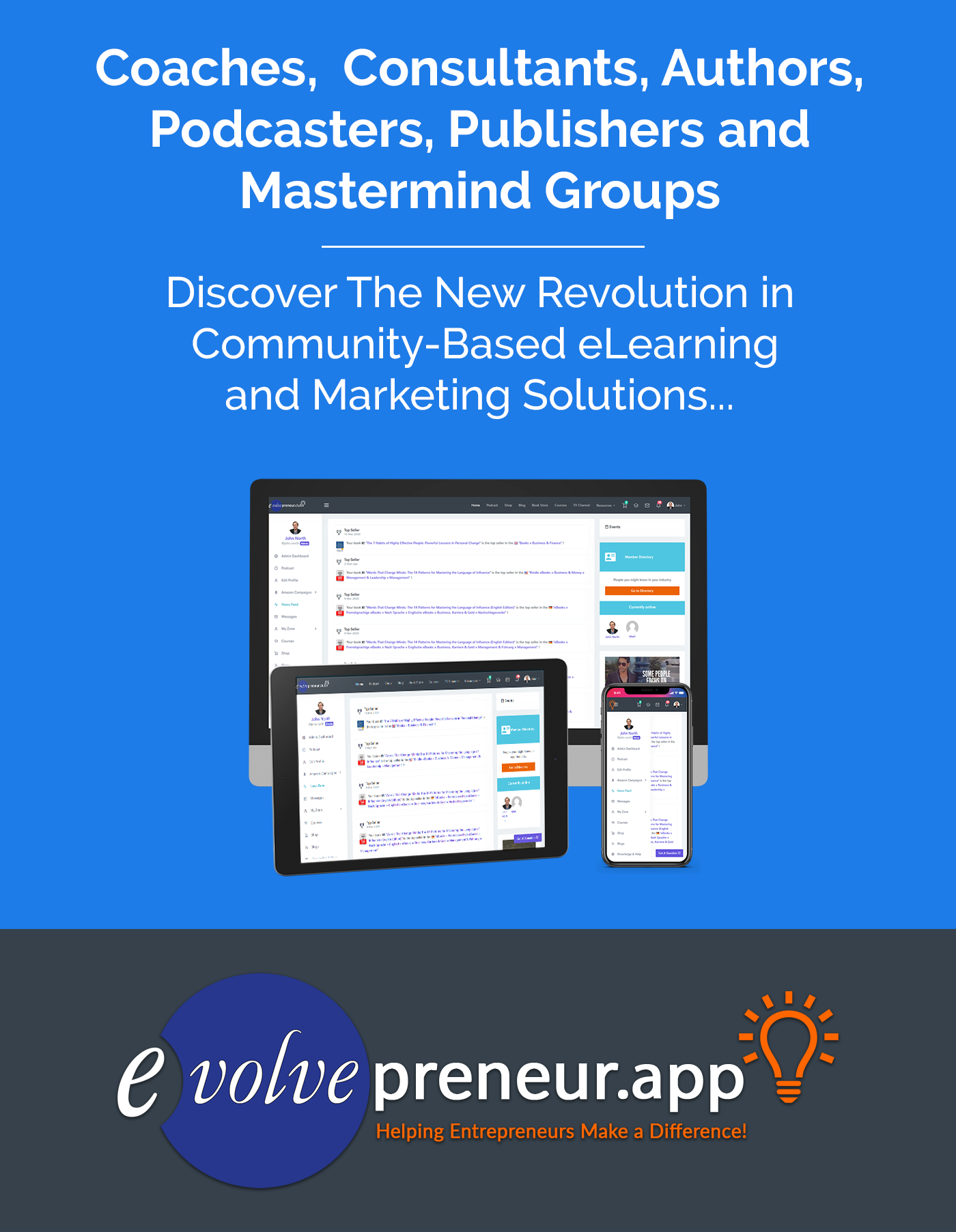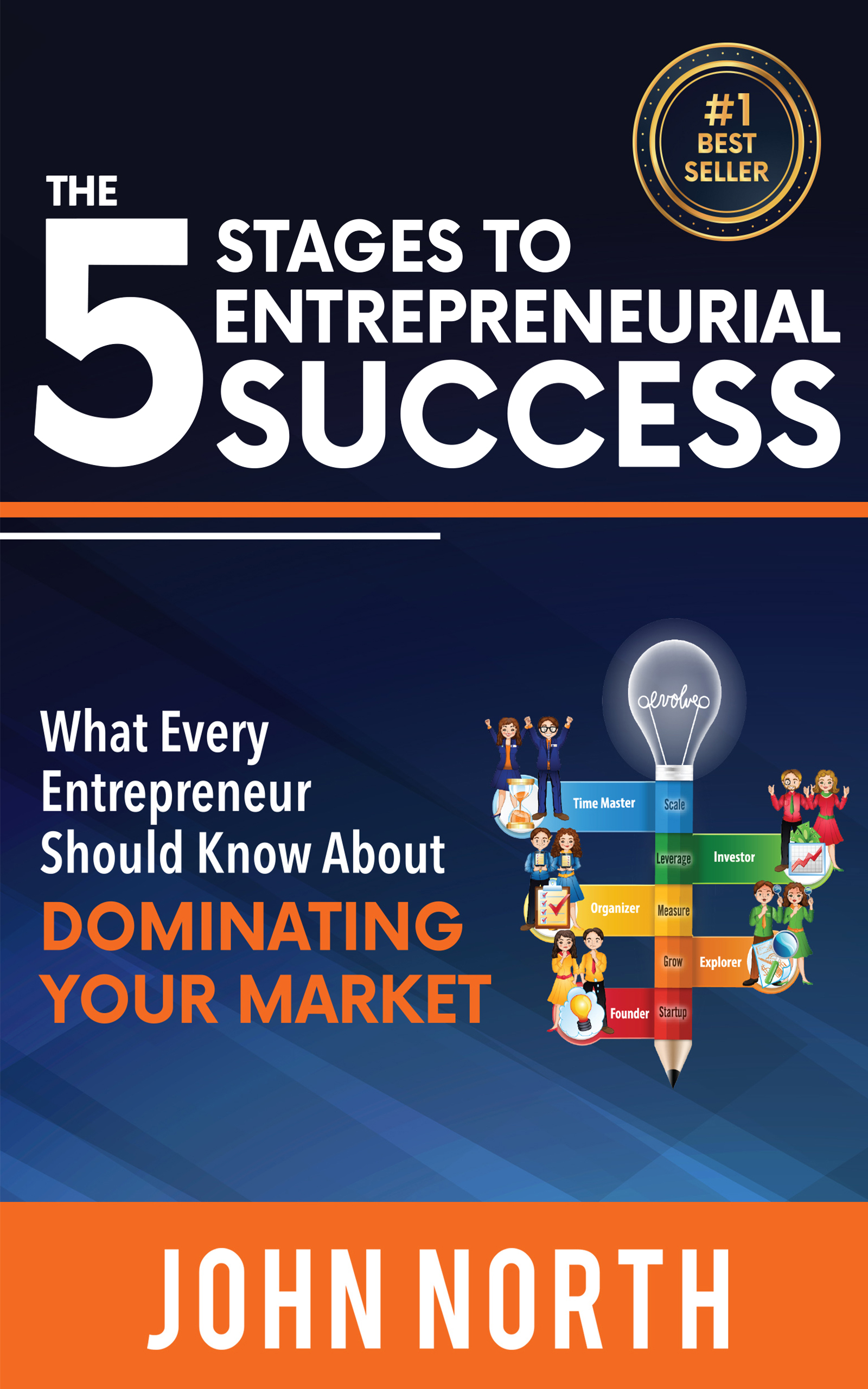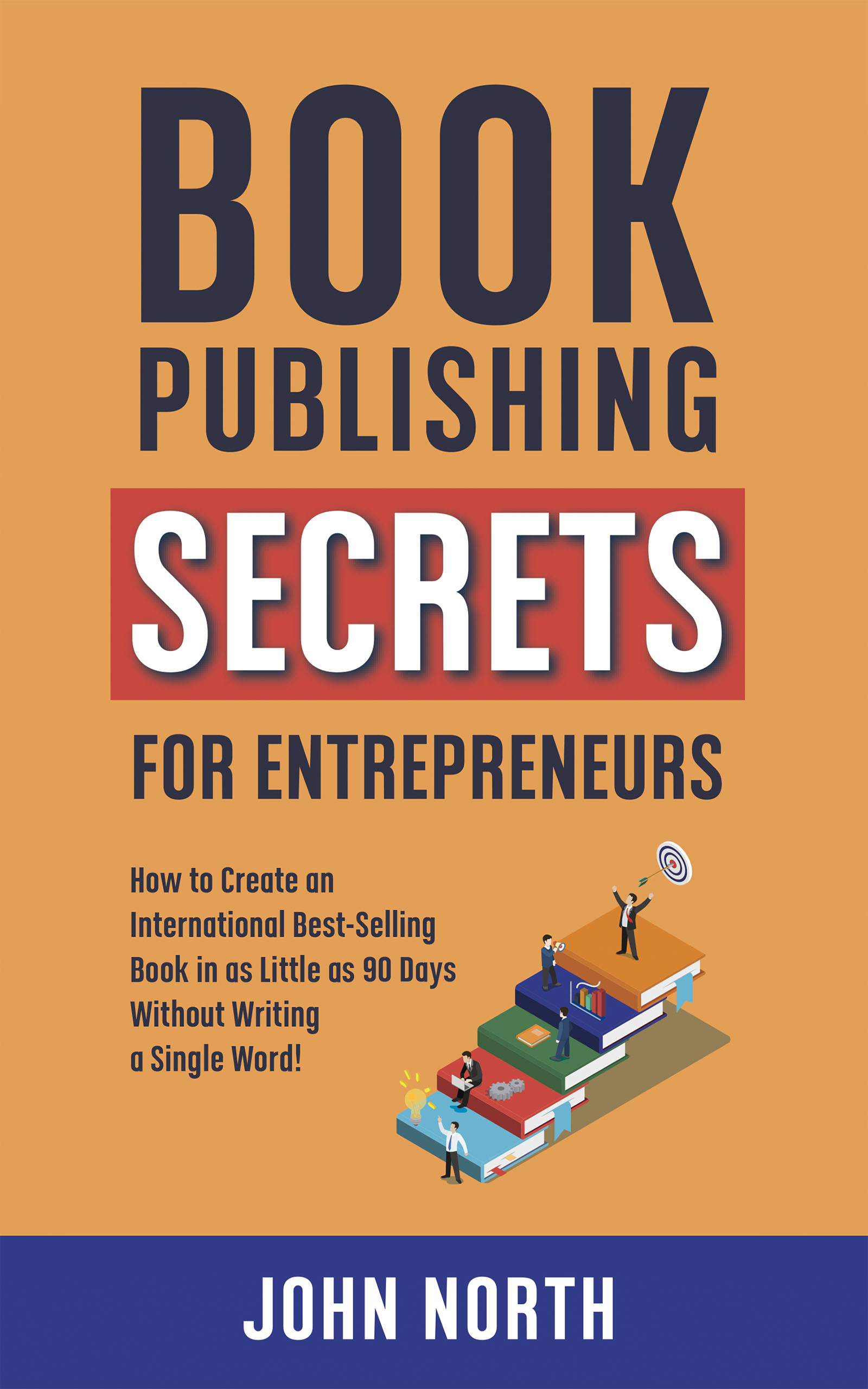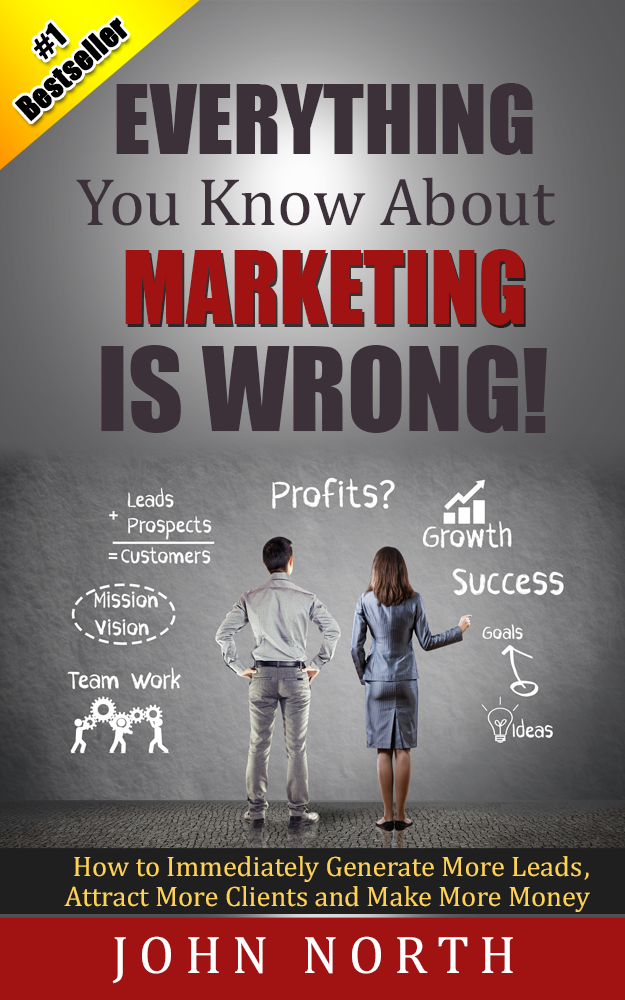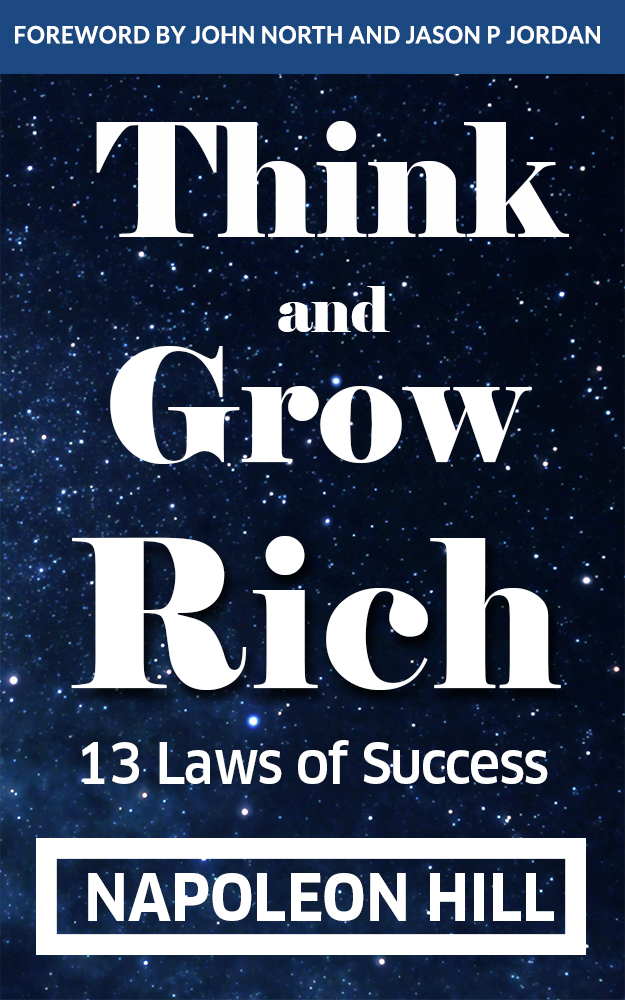The Global Engineer:
How to use the essence of engineering to be an engineer of international ability
By Clint Steele
GRAB A COPY HERE: https://evolveglobalpublishing.com/show-book/B0CQC5MGQT
This book aims to provide a comprehensive understanding of what defines an engineer, particularly a "Global Engineer" – one capable of applying their skills effectively in any context worldwide. It delves into essential engineering attributes, improvement techniques, cognitive processes, and common pitfalls, emphasizing the importance of adaptability and continuous self-reflection.
Key Themes and Ideas:
1. Defining the "Excellent Engineer":
- The Essence of Engineering: Being ingenious, creatively utilizing scientific and external factors to solve problems. “To be ingenious, one needs to be creative, which is something engineers should be.”
- Engineering Design: More than aesthetics, focusing on functionality and problem-solving. Steele highlights potential cross-cultural misunderstandings of the term "design."
- Three Essential Attributes:Framing: Identifying the core engineering problem, like choosing the right lens for viewing the situation. Steele emphasizes its significance and provides examples.
- Systemic Thinking: Considering all aspects of a problem and their interrelations, contrasted with solely focusing on individual elements.
- Applying First Principles: Using fundamental scientific and engineering principles to develop optimal solutions, ensuring deep understanding over rote application.
- Beyond the Essentials: Additional characteristics to refine engineering approach:
- Goal Analysis: Identifying and defining constraints and performance criteria for optimal outcomes.
- Solution Focusing: Focusing on the type of solution rather than the problem itself.
- Coevolution: Understanding the iterative and interconnected nature of problem and solution development.
- Understanding Processes: Critically evaluating and selecting appropriate design and problem-solving processes for specific challenges.
- Modal Shifting: Recognizing the need to switch between different thinking modes (e.g., analysis, design, evaluation) for efficient problem-solving.
- Creativity: Essential for generating ingenious solutions, going beyond conventional approaches.
- Scientific Engineering vs. Science: Understanding the engineer's role in applying scientific knowledge and utilizing unique techniques like dimensional analysis for complex problems.
- Theory and its Application: Emphasizing the importance of applying theory correctly for optimal solutions and understanding its limitations.
2. Improving Engineering Ability:
- Self-Assessment: Honestly evaluating current expertise in framing, systemic thinking, and applying first principles. Steele provides guidance for students.
- Improving Framing: Reverse-engineering existing systems to analyze others' framing choices and broaden personal framing abilities.
- Enhancing Systemic Thinking: Utilizing tools like mind maps and concept maps to visualize and analyze complex systems.
- Mastering First Principles: Employing techniques like "what if" scenarios and modeling to deepen understanding and application of fundamental principles.
3. Engineering Teams and Collaboration:
- Heroic Engineers vs. Teamwork: While individual brilliance is acknowledged, Steele emphasizes the importance of teamwork in achieving remarkable engineering feats.
- Cognitive Diversity: Teams with diverse thinking styles and backgrounds are more effective in problem-solving and innovation.
4. Traps and Barriers to Improvement:
- Conceptual Blocks: Steele identifies numerous mental obstacles, including:
- Perceptual Blocks: Fixation on specific aspects, preventing a holistic view.
- Emotional Blocks: Fear, ego, and lack of confidence hindering progress.
- Cultural and Environmental Blocks: Influence of background and experience on problem-solving approaches.
- Knowledge-Based Blocks: Misconceptions about the nature and limitations of knowledge.
- Overcoming Barriers: Steele emphasizes self-awareness, meta-cognition (thinking about thinking), and actively challenging ingrained habits.
5. Becoming a Global Engineer:
- Universality and Adaptability: While engineering principles are universal, applying them effectively requires cultural sensitivity and adaptability.
- Background's Influence: Understanding how personal background – cultural, economic, environmental – shapes engineering approach is crucial for global effectiveness.
- Key Takeaways:Cultural Sensitivity: Recognizing and respecting diverse perspectives and approaches to engineering.
- Adaptability: Adjusting methods and communication styles to suit different contexts.
- Continuous Learning: Remaining open to new ideas and approaches throughout one's career.
Overall, "The Global Engineer" provides a thought-provoking framework for engineering professionals to critically evaluate and refine their skillset. It emphasizes that becoming a truly effective engineer, especially in our increasingly interconnected world, requires a nuanced understanding of oneself, the nature of engineering, and the diverse cultural contexts in which it operates.
FAQ: The Global Engineer
1. What is the key to becoming a successful engineer in any part of the world?
Adaptability is crucial for any engineer working globally. Recognizing that engineering practices and problem-solving approaches can differ across cultures and environments is key. To be a global engineer, you need to analyze new situations, understand different perspectives, and adjust your approach accordingly. This might involve gathering more information, considering new constraints, or reframing the problem entirely.
2. How can my background influence my engineering capabilities?
Your cultural, economic, and environmental background significantly shapes your approach to engineering. For instance, cultures that prioritize seniority might lead to a preference for established methods over innovation. Similarly, an engineer's economic background might make them overly cost-sensitive. By acknowledging these influences, engineers can address weaknesses and leverage their strengths more effectively.
3. How does the perception of knowledge impact engineering in a global context?
Different cultures have varying perspectives on knowledge – its source, application, and significance. Some value practical experience above theoretical knowledge, while others prioritize tradition. Global engineers acknowledge these differences and adapt their communication and collaboration styles to ensure clarity and mutual understanding.
4. What is the role of uncertainty in engineering, and how can I manage it effectively?
Uncertainty is inherent in engineering. It can stem from unknowns in data, materials, or user behavior. Global engineers recognize that aiming for absolute certainty can be impractical. Instead, they focus on identifying and mitigating critical uncertainties while accepting a certain level of risk.
5. How can I overcome the limitations of "old fart syndrome" and stay adaptable throughout my career?
"Old fart syndrome" refers to the tendency to favor familiar methods and resist new ideas. To combat this, engineers should actively cultivate a mindset of continuous learning. Engaging in diverse hobbies, staying updated on industry trends, and seeking out new challenges can help maintain adaptability and keep skills sharp.
6. How do "negative people" contribute to a successful engineering team, and how can their negativity be managed?
While seemingly pessimistic, individuals prone to identifying potential problems offer a valuable service. Their insights help anticipate and prevent issues early on. The key is to leverage their strengths strategically – soliciting their input during risk assessment and design reviews while fostering a solution-oriented team dynamic.
7. How can criticism be used constructively to enhance my engineering skills?
Criticism, when approached constructively, presents a valuable opportunity for growth. Instead of taking criticism personally, view it as a chance to refine your ideas and problem-solving strategies. By analyzing the feedback, identifying areas for improvement, and applying the lessons learned, you can continually develop your engineering skills.
8. What are some practical steps I can take outside of work and study to enhance my problem-solving abilities and become a more well-rounded engineer?
Engaging in activities outside your immediate field can significantly boost your engineering capabilities. Consider joining a theatre company, volunteering for projects involving diverse challenges, or pursuing hobbies that require problem-solving and adaptability. These experiences provide valuable real-world insights and broaden your perspective.




